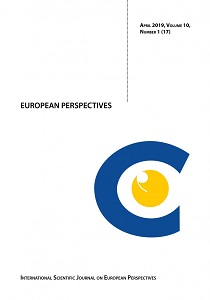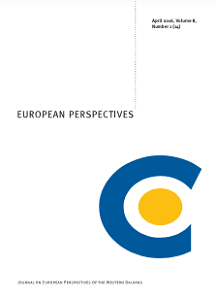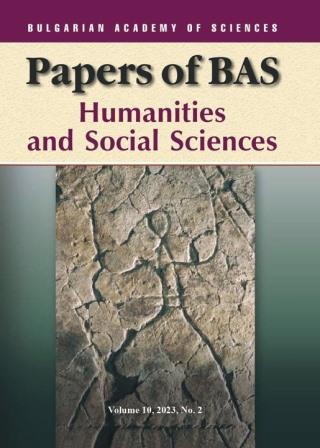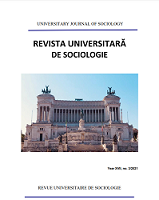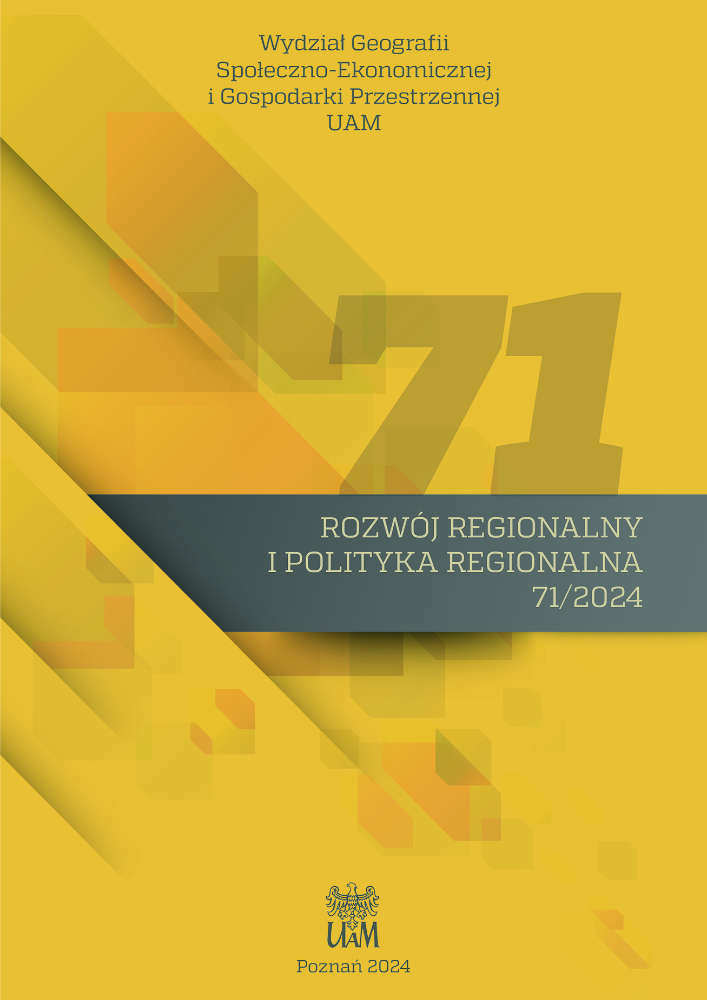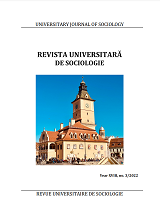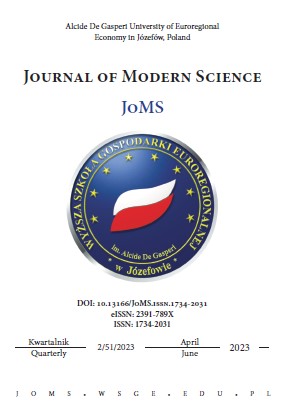
ATTITUDE TOWARDS MONEY AMONG YOUNG ADULTS VERSUS POSITIVE ORIENTATION AND SELF-ESTEEM
These studies investigate a relationship between positive orientation, self-esteem, and attitudes towards money in young adults. The Covid-19 pandemic has left a significant mark on the lives of many people and young adults are particularly at risk because they do not have a stable position in the labour market. The group of respondents was manually restricted to young adults, so analyses were conducted on a group of 296 people. Responses were collected online, through the Cognito Forms. Tools were used in the research: the author’s sociodemographic questionnaire, the P Scale to measure the intensity of positive orientation, the Morris Rosenberg SES Self-Esteem Scale to measure self-esteem, and SPP-25 to measure attitudes towards money. There were 2 main hypotheses in the study: hypothesis one assuming a relation-ship between positive orientation and attitudes toward money, and hypothesis two assuming a relationship between self-esteem and attitudes towards money. All main hypotheses were confirmed. In addition, 9 detailed hypotheses were put forward regarding the correlation of individual dimensions of attitudes towards money and positive orientation and self-esteem. Young adults were the subject of the study, there-fore results cannot be generalized to the entire population. It is justified to conduct research also in other age groups.
More...
